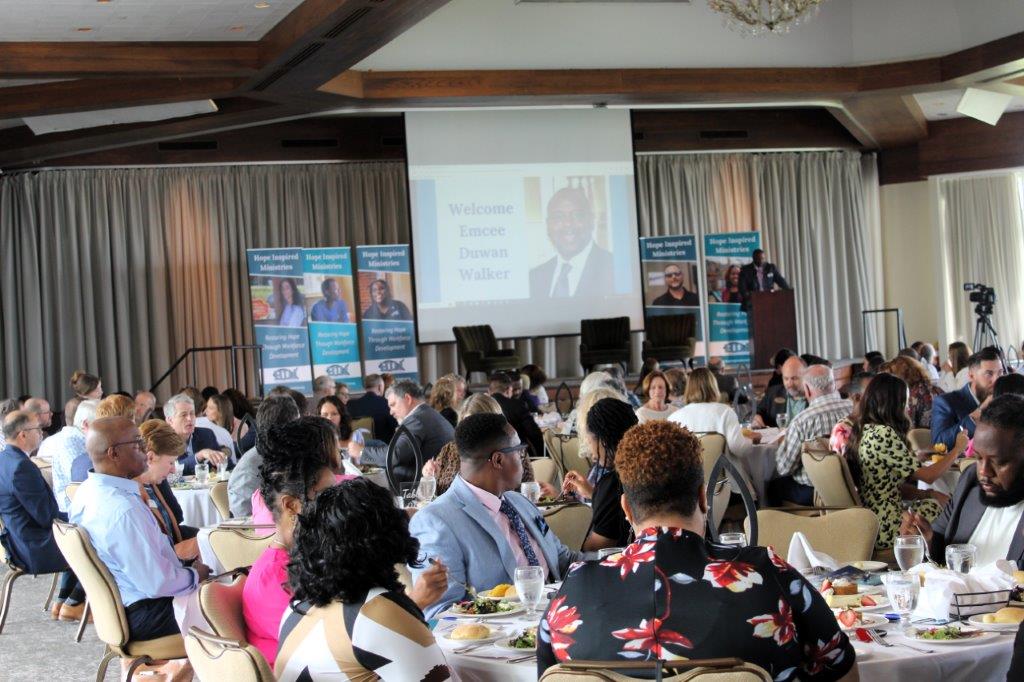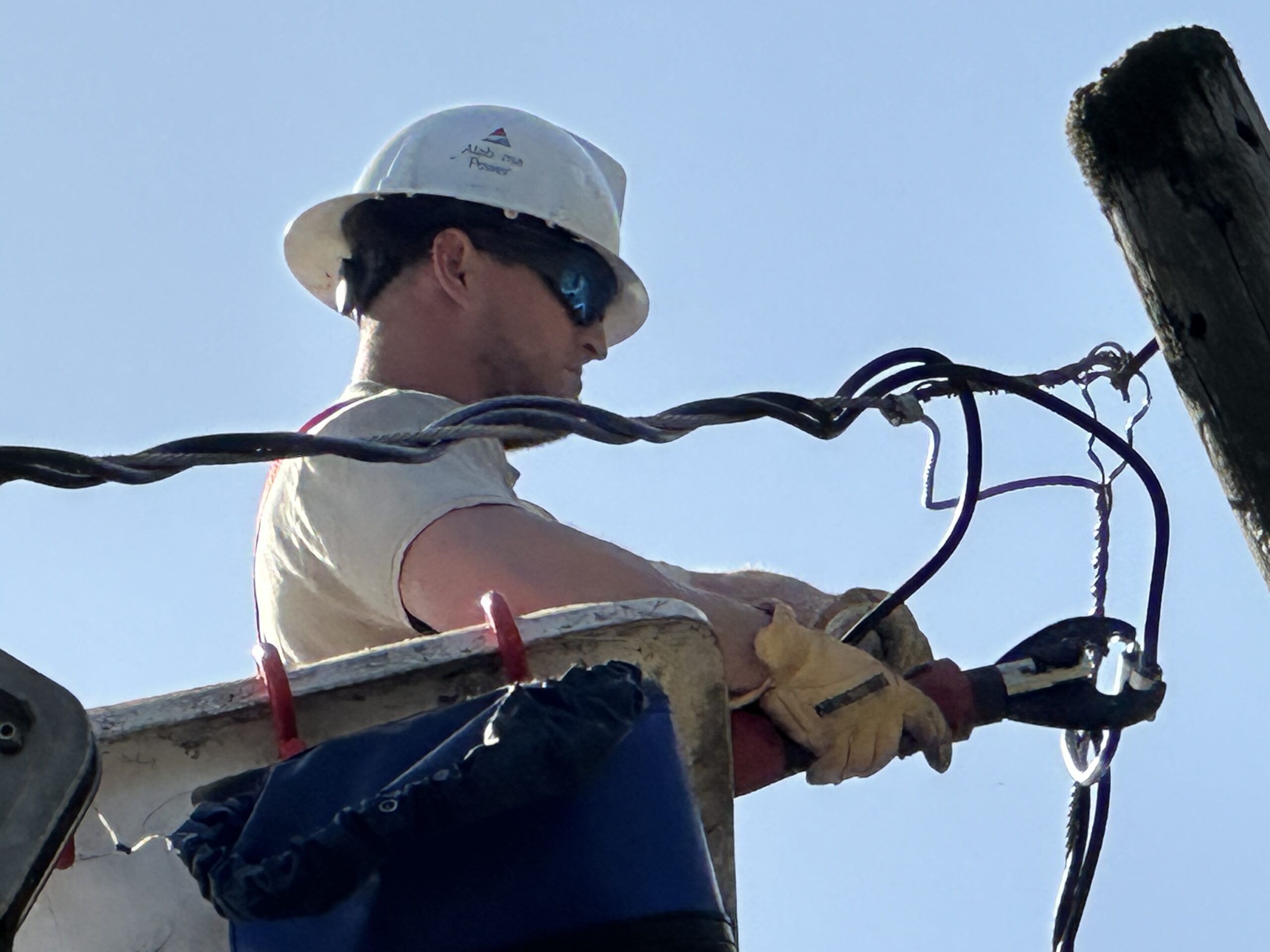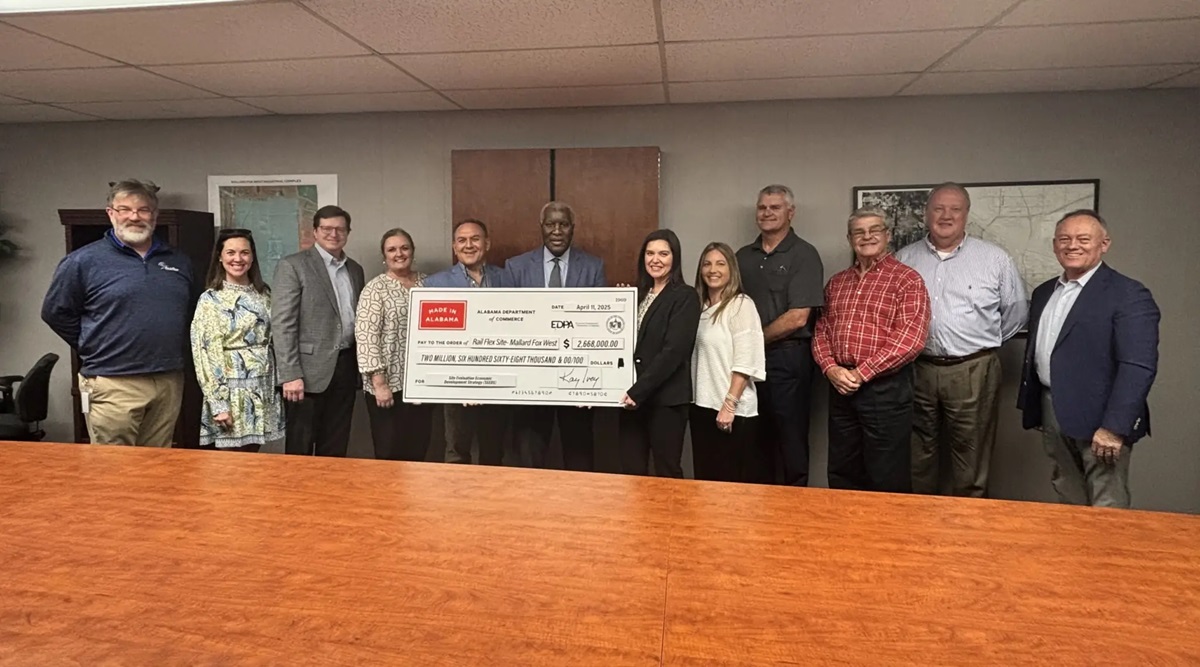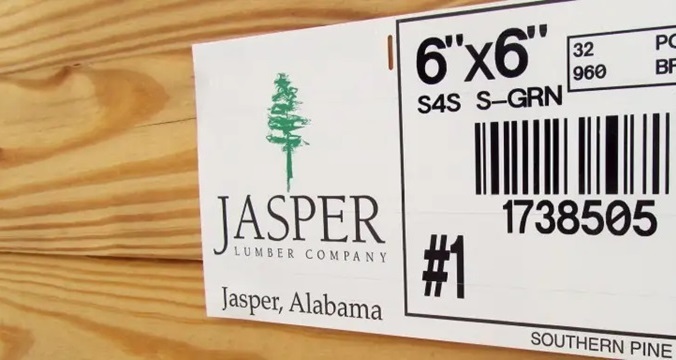Alabama rural newspapers network focuses on local folks

Jerrie and Gary Burton hold a copy of The Pintlala Ledger, one of four rural community newspapers supported by the PACERS Rural Community Newspaper Network. (Emmett Burnett / Alabama Living)
From Huntsville to Orange Beach, Alabama’s newspapers run statewide with room for more. But starting a newspaper requires significant funding, expertise and training, not often available in rural areas. You need help and you need money.
The PACERS Rural Community Newspaper Network supplies both.
For years, the nonprofit Program for the Academic and Cultural Enhancement of Rural Schools (PACERS) has advocated for small communities and schools. More recently, it discovered the benefit of small newspapers in tiny towns.
“Rural areas do not have a record or written history,” said Jack Shelton, PACERS founder and executive director. “Such areas are seldom covered by big media. Small communities are the perfect spot for a local newspaper, because the people need a voice.” Thus, PACERS set the pace.
“We got the idea when helping schools produce student newspapers,” Shelton recalled. “That is how community newspapers got in our DNA. There is a need for connecting and communication in small areas. We wanted to establish self-sustaining, quality newspapers, produced by people who live in the communities they report on.”
RELATED: Alabama’s small-town weekly newspapers a steady force in a digital world
PACERS researched Alabama for good location candidates. Four were selected: Camp Hill in Tallapoosa County, Beatrice and Packer’s Bend in Monroe County, and Pintlala in Montgomery County. “I visited all four areas and asked residents would they like to publish papers as part of a network,” Shelton said. “The response was similar in every place – ‘This is the best thing we can do for our communities.’”
Gary Burton, publisher of the PACERS network’s Pintlala Ledger, agreed. “This is so gratifying for us, knowing our paper was well received, not just here in Pintlala, but other places, too.”
He continued, “Our goal is to help the community to get to know each other. Even though we are a small area, many here live two or three acres off the road. It is hard to visit. We just know each other superficially. I hope our paper takes that to another level.”
The Ledger does not delve into politics but focuses on local people, businesses and events.
Burton’s wife, Jerrie, is the paper’s designer. Like the others, she learned the business by doing it. “My previous experience was producing church bulletins,” she recalled. Today Jerrie is the layout person and, as her husband said, “the brains behind this business.”
She laughed, describing small-town newsprint production, “You never know what will happen until it goes to the printer.”
The network of four papers was chosen to see whether and how long it would take for each to go from startup to self-sustaining. “We wanted to know the time it takes until we are no longer needed,” Shelton said. “All four are good, professional newspapers that started out being run by journalism rookies.”
The four initially received funding from PACERS’ accounts, and other money was donated by individuals, including two who gave a total of $30,000. A grant from The Daniel Foundation of Alabama covers costs not met by the papers.
In addition to The Pintlala Ledger, the network consists of The Camp Hill Chronicle, The Packers Bend Times and The Beatrice Legacy.
Based on key learnings from the four-paper network, PACERS hopes to launch two or three additional papers in 2024.
This story originally appeared in Alabama Living magazine.





